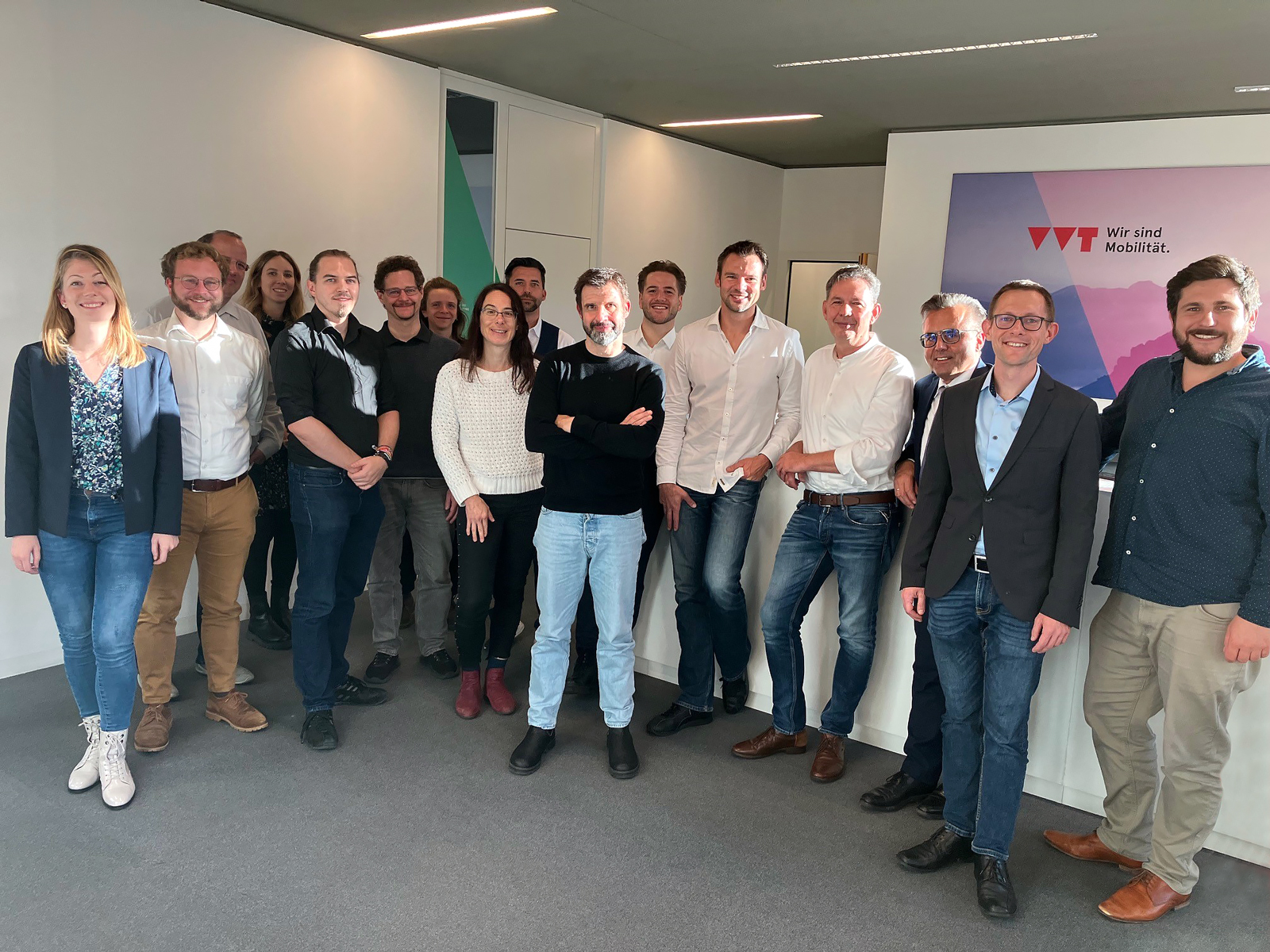Improving public transport in Tyrol trough targeted data collection and analysis



In a recently launched research project led by Fraunhofer Austria, methods for determining passenger flows will be tested over the next two years
In order to protect the climate, a transition to sustainable mobility is essential. To reach this goal, excellent local public transport services that are well adapted to the needs of the population must be available. But how can the demand for mobility be measured, quantified, and transferred into optimized timetables and routes? These are the questions that the recently launched research project “Sustainability through public transport: avoid, shift, improve” (Nachhaltigkeit durch öffentlichen Verkehr: Vermeiden, verlagern, verbessern, or “Övvvi” for short) aims to answer. In the project, funded by the Austrian Research Promotion Agency FFG, Fraunhofer Austria and Graz University of Technology are working closely together as scientific partners, Verkehrsverbund Tirol and Ötztaler Verkehrsgesellschaft as potential users, and Invenium, SonoBeacon and Tech Meets Legal contribute their technical expertise. The project kick-off took place on October 19 and 20 in Innsbruck.
In many places, outdated requirement analyses form the basis of public transport services, which no longer meet today's mobility needs. As a result, public transport – at least away from city centers – has a low level of acceptance, which results in a high volume of motorized private transport. And it is only when public transport becomes an attractive alternative to private cars, that it can serve as the environmentally friendly transport system of the future. In order account for the needs of the population, both the use of existing public transport, as well as mobility needs that are not yet met by public transport, must be considered. The resulting data must be accurate and up-to-date enough to design sustainable and demand-oriented public transport.
“The challenge in our project is that we don't just want to record the number of passengers on individual buses, but rather passenger flows across vehicles and even across transport companies,” explains project manager Michael Rader from Fraunhofer Austria. This means that passengers need to be recognized and tracked even after they have changed buses, in order to determine how direct their route was to their final destination and how long they had to wait when transferring. This has legal implications concerning data protection, which the project consortium is taking into account with great care. The researchers plan to convert data into abstract information, so-called identifiers, to protect the passengers' personal rights. “By collecting passenger flows not only in the vehicle, but also across different bus lines, we as a transport association can plan in an even more customer-oriented way. What I find particularly exciting about this project is the combination of different technologies in compliance with data protection regulations,” says Matthias Triendl, Head of Digitalization at Verkehrsverbund Tirol.
Camera systems, WiFi and mobile radio are the technologies that will be examined for their suitability for passenger flow detection as part of the project. “Mobile communication plays a special role here, as it is the only one of the three technologies that offers the possibility of recording passenger flows outside of public transport, so that we can coordinate supply and demand,” explains Michael Cik, founder of Invenium and Deputy Institute Head at Graz University of Technology.
In order to be able to use existing expertise as comprehensively as possible for the project, SonoBeacon, a German partner specializing in the detection of passenger flows, is also part of the team. “We can already record passenger flows quite reliably with WiFi, but we see great potential in combining WiFi with other technologies to improve public transport,” says Thoralf Nehls, Managing Director of SonoBeacon. The understanding of public transport demand is the first important step towards making public transport more attractive. Subsequently, the consortium will evaluate the collected data and combine it with additional information, making it possible to derive recommendations for specific action to optimize public transport.
“We at Ötztaler Verkehrsgesellschaft are constantly striving to further improve our services for everybody in Tyrol. In the Övvvi project, we work together with our project partners to find ways and means of precisely and quickly determining the needs of the population so that we can react accordingly. In addition, recording passenger flows will also make the utilization of existing bus services visible to the municipalities that commission us so that they can make informed decisions about further expansion,” says Franz Sailer, Managing Director of Ötztaler Verkehrsgesellschaft.
The project is part of the strategic Fraunhofer Austria research focus “Shared Logistics”, which deals with the shared use of resources.
